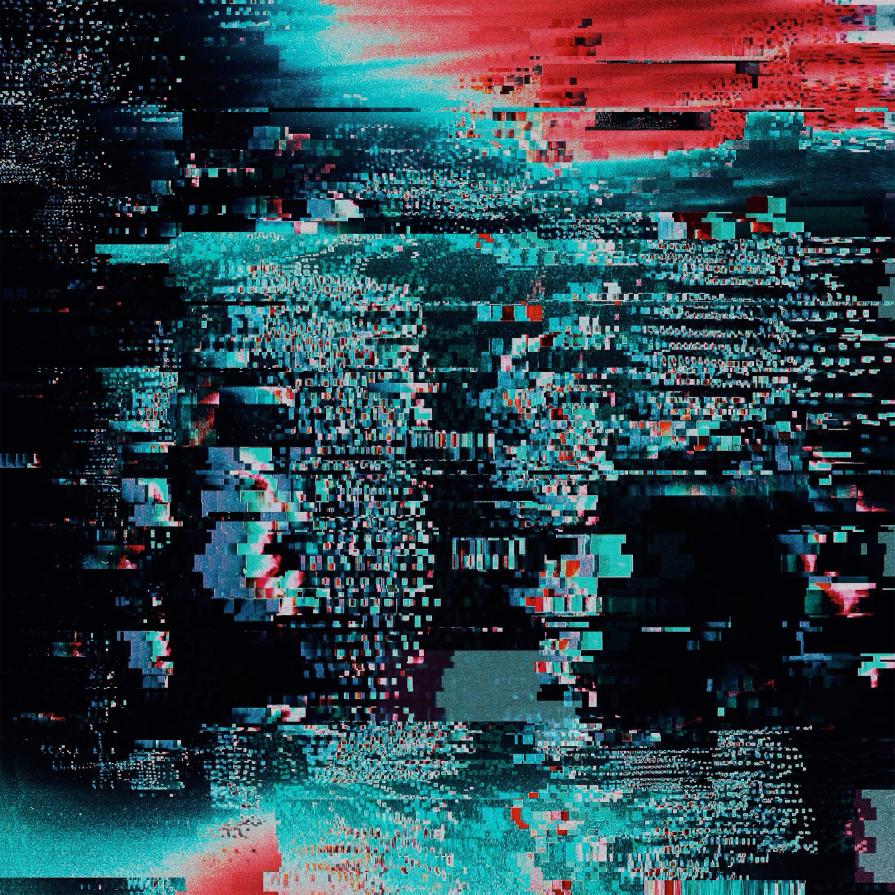
Pixel Studies: Meditations on chance, spirituality and existence
A pixel, or Picture Element is one part of a much larger photographic whole. Much like a pixel, a person is but one in a collection of 7 billion, mere particles of the whole human race. Some of us may be storied, some forgotten; but we all ultimately contribute to the source. In this digital age we often overlook the importance of a physical experience and have successfully substituted it with digital intimacy. We depend on these pixels to carry our emotional and physical stimuli. These studies examine what it’s like to see or talk to your dying grandfather; how it feels to touch your Mother’s face on the phone screen and see her happy tears; how one deeply immerses in the traditional Durga Puja festival by watching home video; when you’re graduating and they couldn’t come; what’s it like to break up with your partner over the internet, and so on.
Every ‘pixel study’ originates in a digital photographic image captured with a phone camera, either by myself or sent to me by a family member or a friend, and each signifies a personal or important event in our lives. These images are then deconstructed digitally through Databending (Glitching) software and uploaded to the digital cloud (Instagram), which has become an ephemeral plane of the collective human experience. Sometimes an upward of 50 layers of glitching- filtering goes into the making of one single piece. The art comes in knowing when to stop and the final piece is born purely out of ‘chance’.
By destroying the physical nature of these photographs and reducing them to the pixelated form in which they originated, I question the very notion of our new digital video and photography-based reality. The forms and colors seen in these ‘pixel studies’ are a metaphor for photographic objectivity. The notion of destruction-as-creation behind these images is in part a reflection of my Hindu faith. Hindus burn their bodies after death, as they believe the body disintegrates and dissolves into the five elements of nature (Pancha Bhootam) — i.e, air, water, fire, earth and space, all of which finally unite with the source. These ‘pixel studies’ also take cue from the Japanese Wabi-sabi aesthetic, which centers on a notion of beauty which sees it as imperfect, impermanent and incomplete. It also touches the Buddhist concept of ‘the three marks of existence’, resonating with my own personal experiences and conflicts with impermanence, suffering, emptiness and the ego.
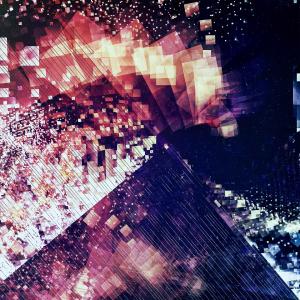
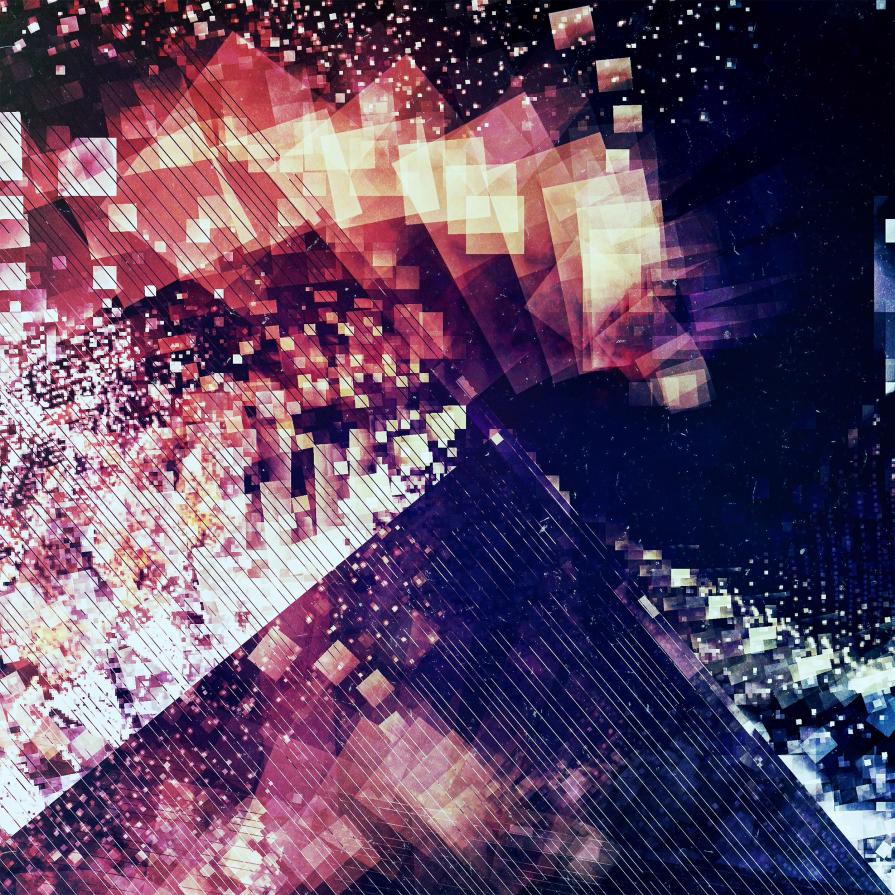
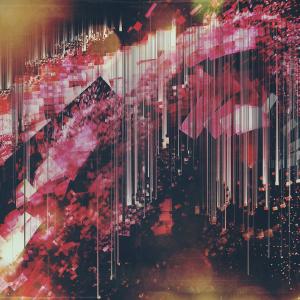
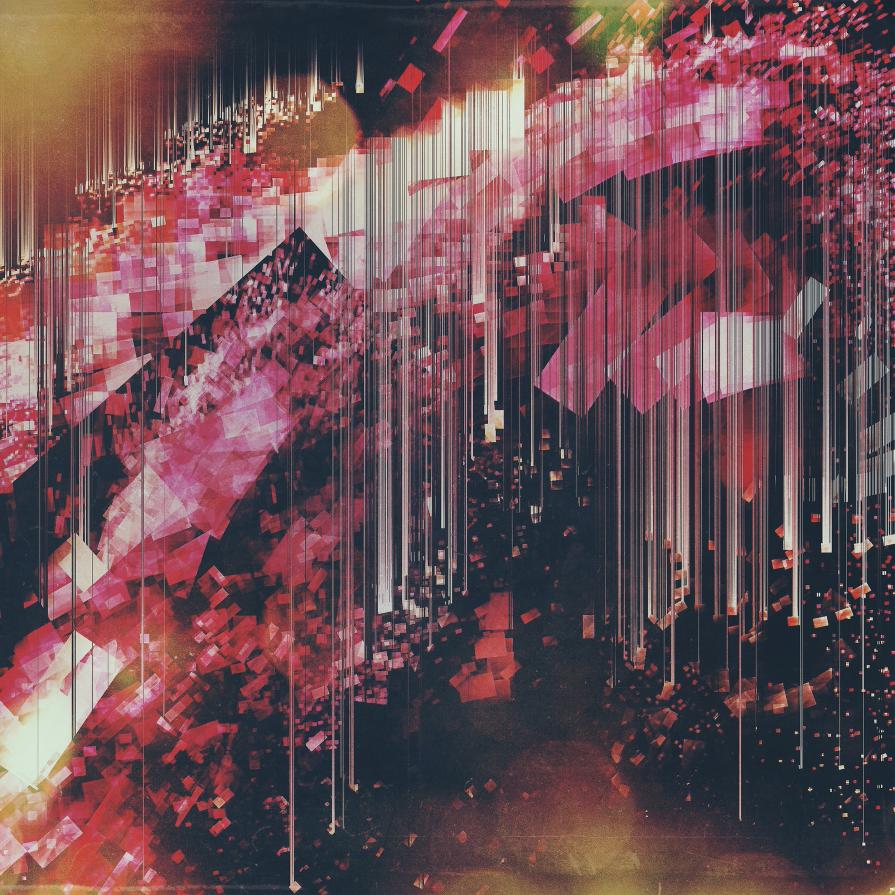
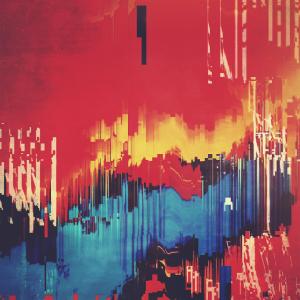
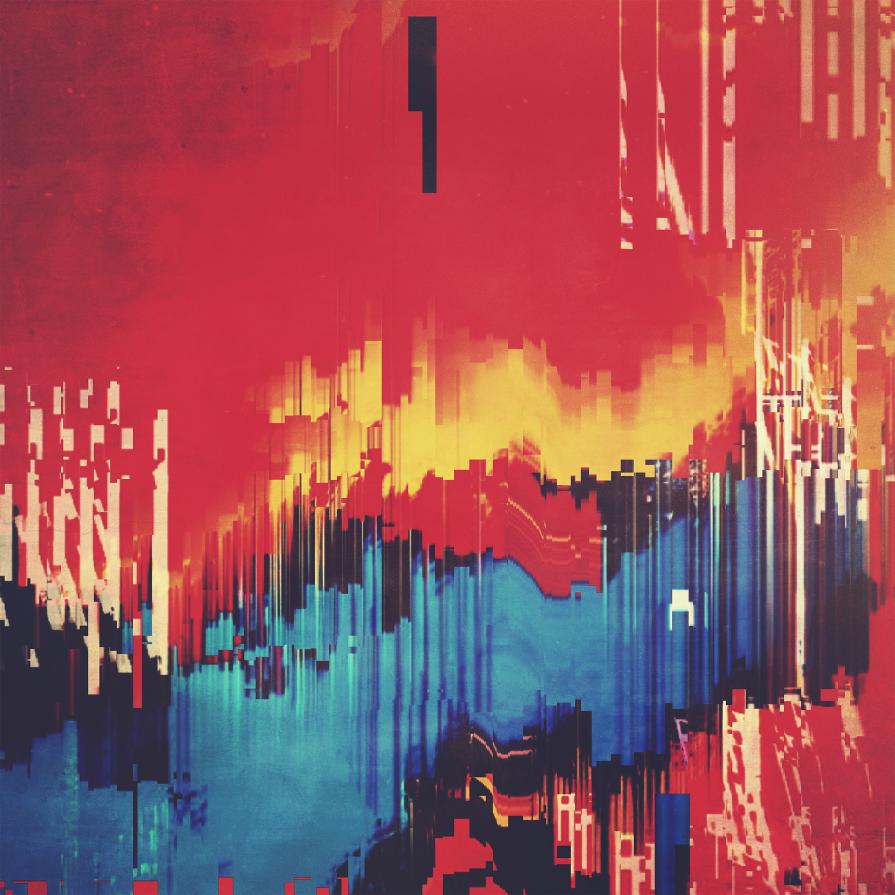
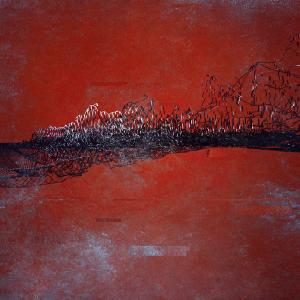
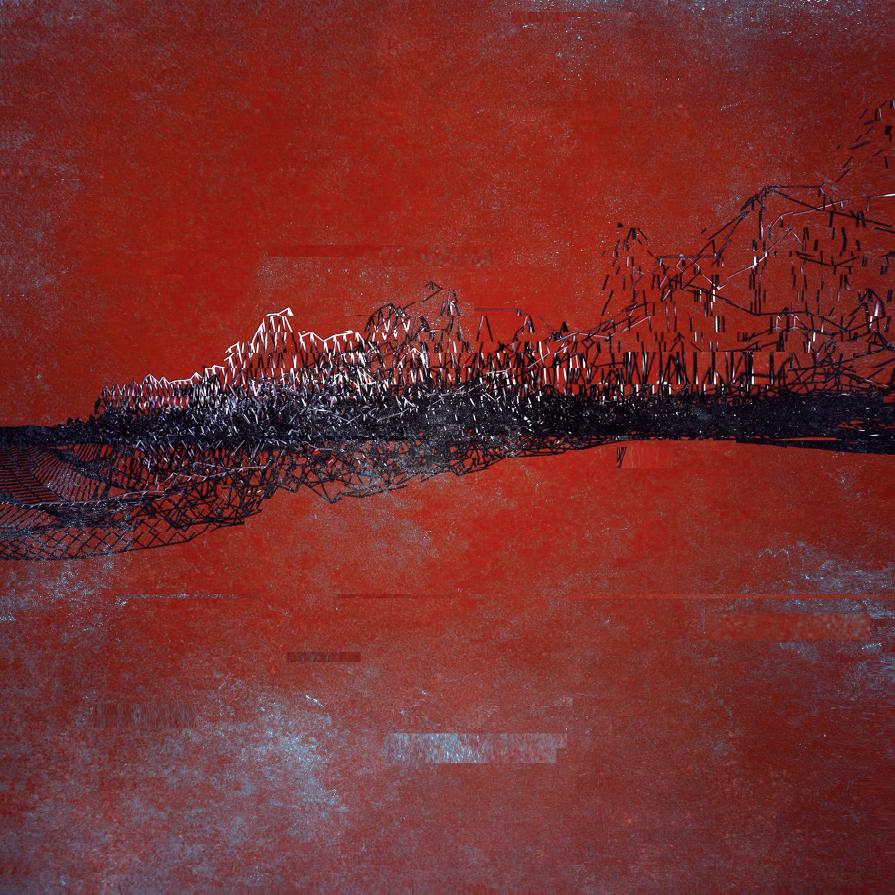
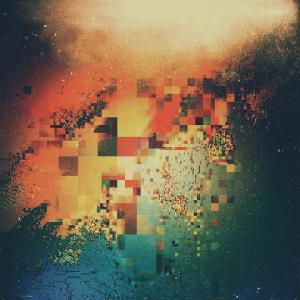
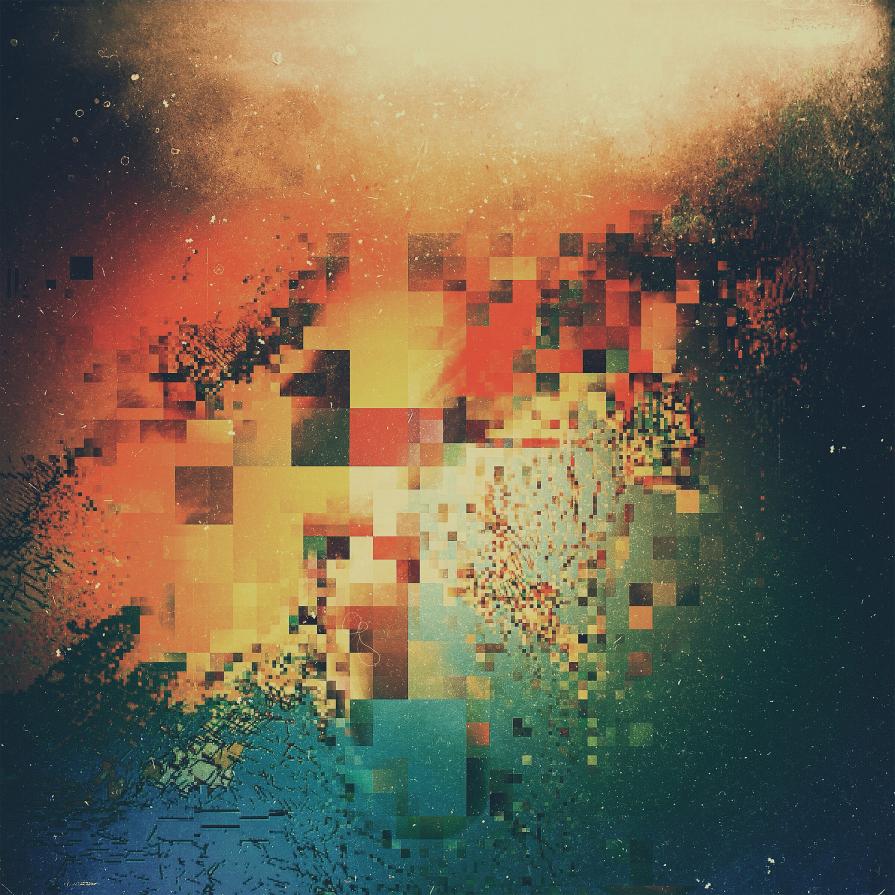
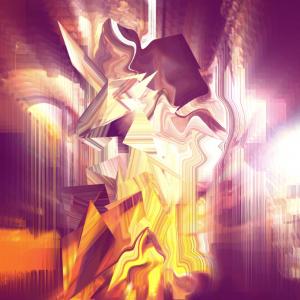
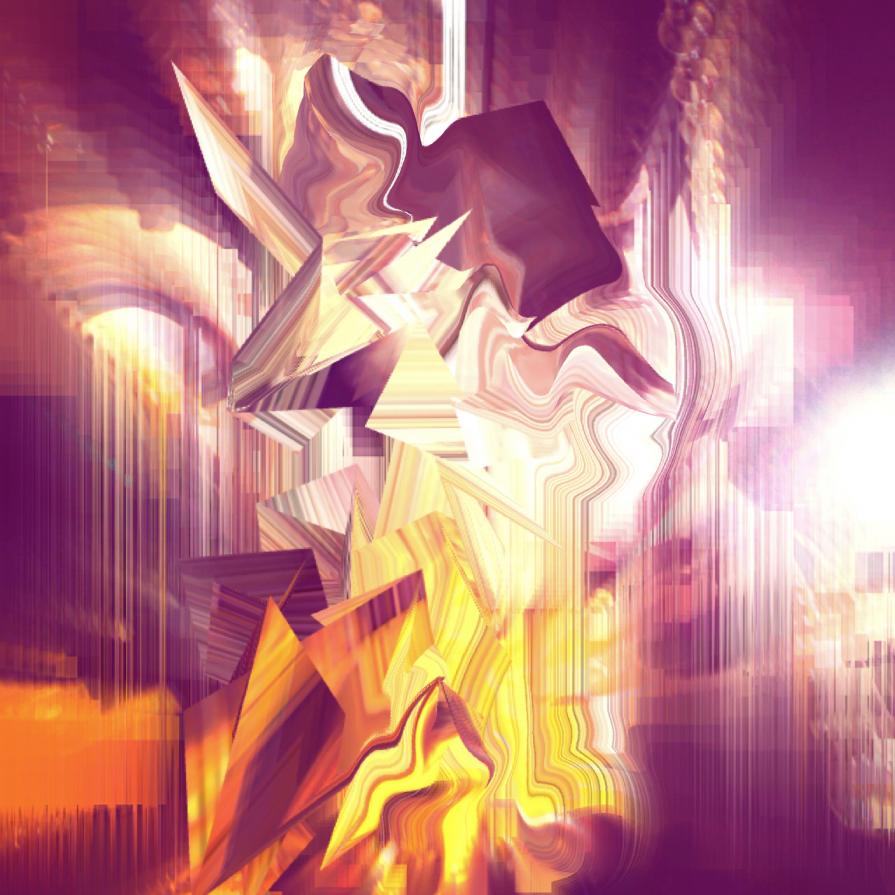
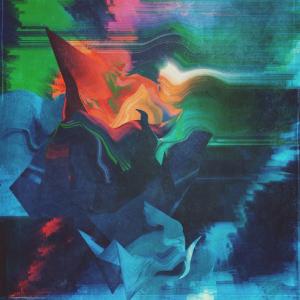
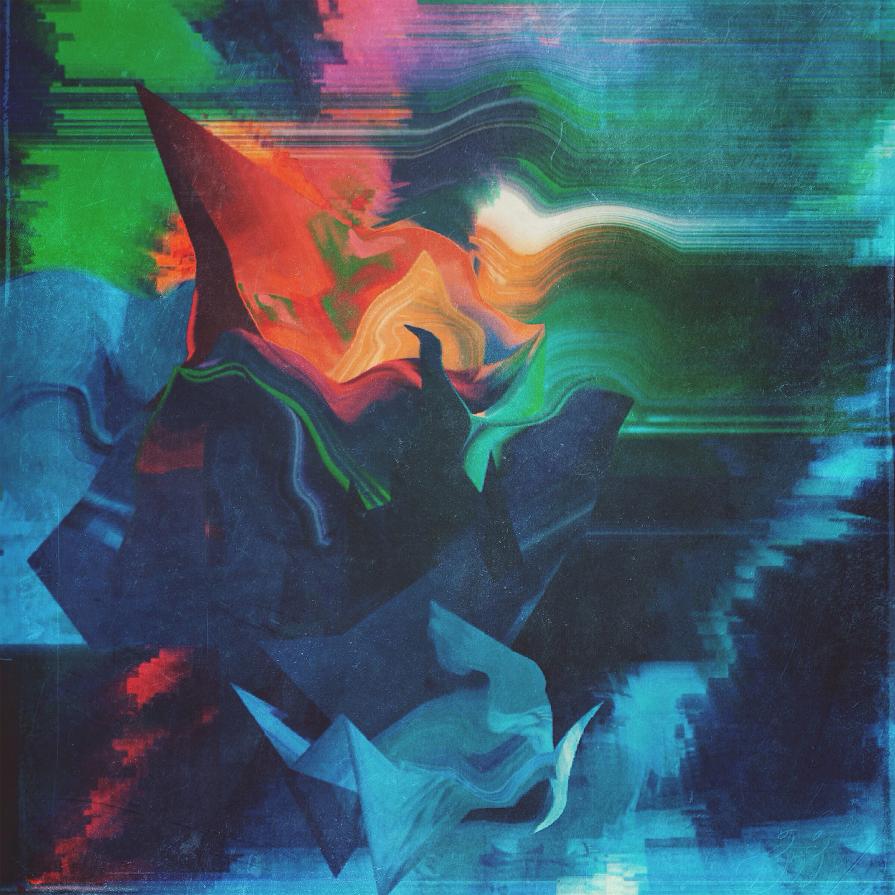
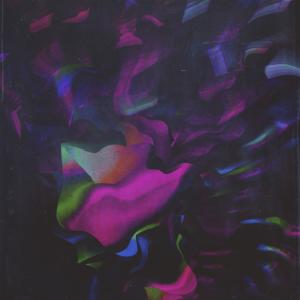
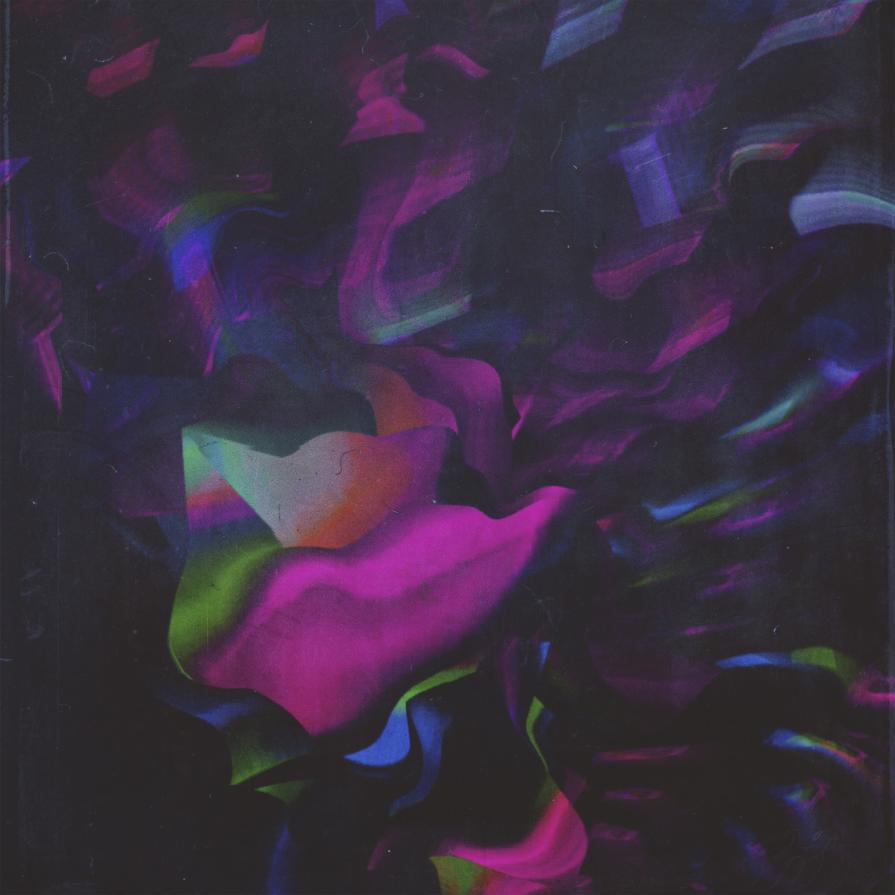
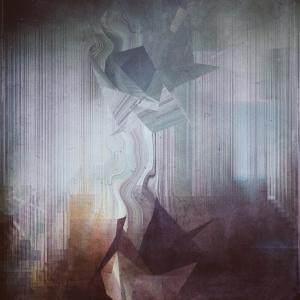
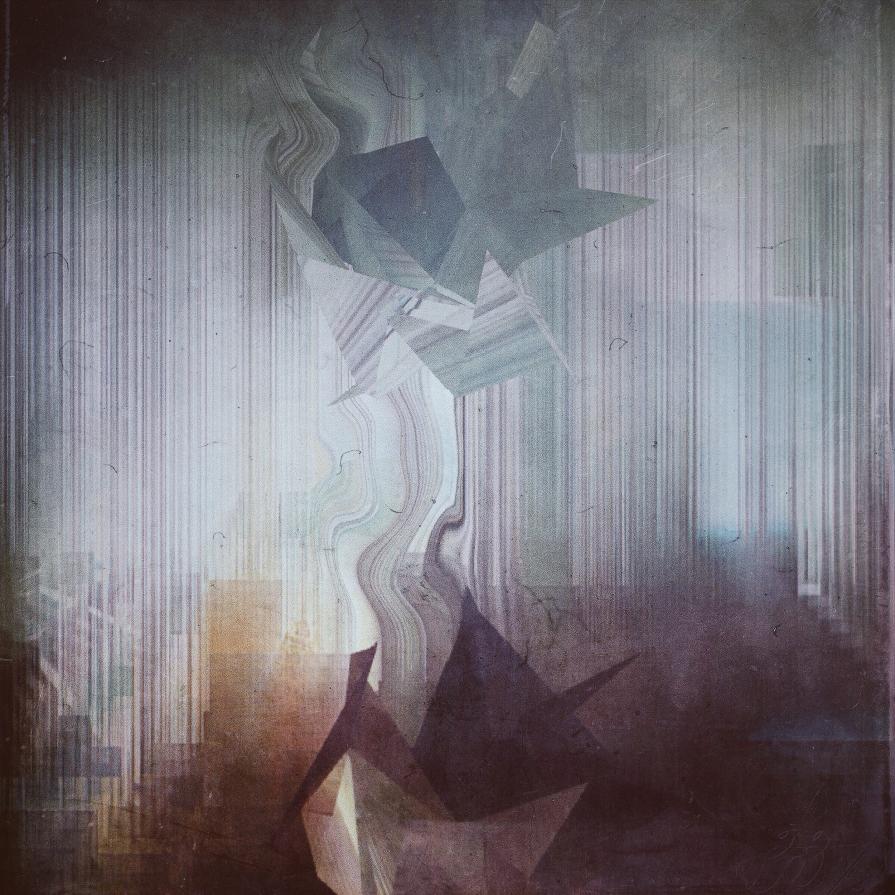











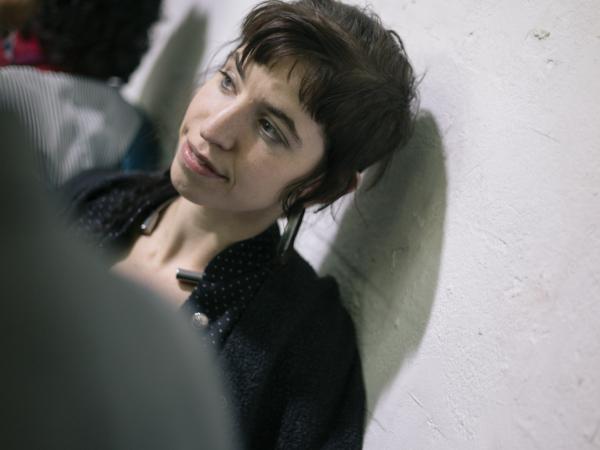

Commenti 0
Inserisci commento